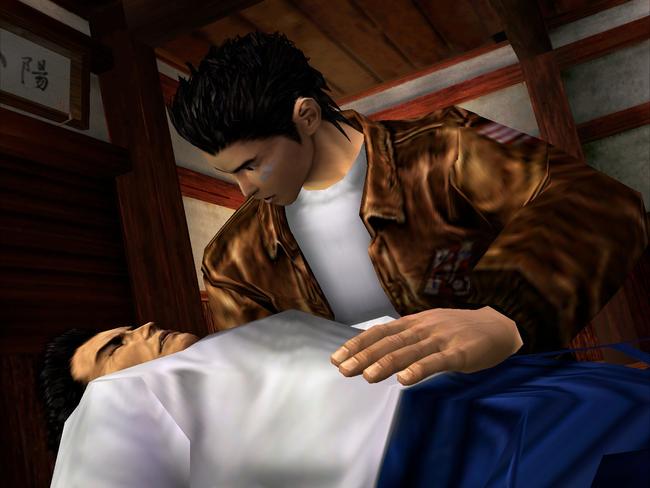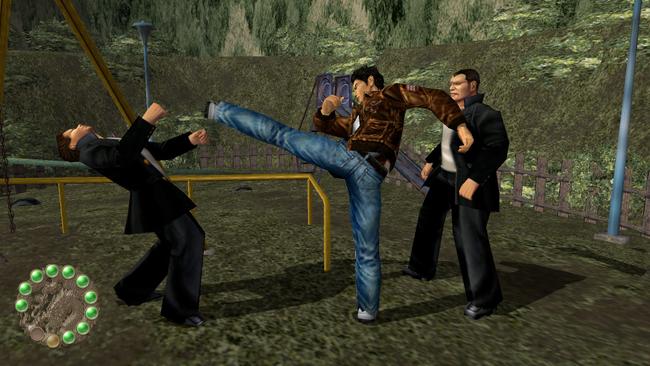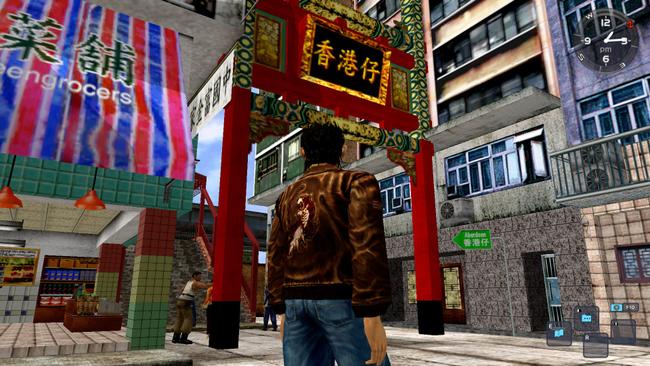
Shenmue I & II Review
I want to say at the very start of this review that Shenmue holds a very special place in my heart. Being a child of the 90s, I was able to witness first-hand the dramatic changes the gaming industry was going through. That began with the move from 2D pixel-based games to jaw-dropping 3D technology. Seeing a computer-generated FMV cinematic for the first time completely blew my young mind. As I got a little older and began discerning the quality of the games I was playing, I started to take note of any titles that tried to set itself apart from the herd.
Even at that point, originality was almost completely dead especially when it came to RPGs; everyone tried to borrow from the Final Fantasy and Dragon Quest series to the point it was almost sad. Growing up in a Nintendo-focused household, I never really gave Sega the time of day, mostly because they almost always looked like they were in a tailspin. Little did I know they were investing a huge sum of money into one of the most ambitious projects the gaming industry had ever seen, all orchestrated by one man's impassioned vision. That person was Yu Suzuki, and the game .. was Shenmue.

But let's be honest. It was clear even at the time that Shenmue's ambitious far outstretched the technical limitations of the Sega Dreamcast (which is funny, considering it started as a Sega Saturn project). Its gigantic budget and expansive scale were out of this world - it's clear even to someone born in the turn of the millennium that there was nothing quite like it at the time. While developers were continuing to struggle with creating polygonal objects, Yu Suzuki managed to make sharp, highly-detailed characters and environments - even if there was still plenty of cutbacks that needed to be made (evident from a large amount of pop-in).
This ambition led to some performance concessions, including an abundance of aliasing and shimmering in textures in order to maintain the finer details. You don't have to look 10 feet in front of Ryo as he's walking around to notice this problem. Jagged lines also appeared all over the curbs and rooftops, leading to a somewhat ugly presentation.
Not only that, but load times could be downright atrocious. You could be waiting for up to 30 seconds or so for a screen transition to take place, and in a world where you have to rely on the in-game timer to meet certain people before they're gone for the rest of the day, this could be rather aggravating. It's clear that this is one of those games that was most deserving of a remaster. It may have taken years of begging and prodding Sega, but they have finally made fans' dreams come true with the release of Shenmue I & II.
While the original releases are plagued with technical problems, Shenmue I & II does away with all of those issues almost entirely. Thanks to d3t's incredible tech they have on hand that delivers a higher rendering resolution, any signs of the Dreamcast's inferior visuals have all been completely cleaned up. Unless you're pushing your eyes right up against the screen on a 70" TV, you'd be hard-pressed to see any points of contention. Running it at 2160p, I can safely say there were no visual artifacts to speak of - it all looks and animates smoothly.

This praise extends to the load times which are nigh instantaneous. The framerate is also locked at a very solid 30 FPS with no hints of any slowdown. Nowhere is this more evident than in Shenmue II where the framerate used to drop down into the teens when dealing with busy areas like Pigeon Park and Man Mo Temple.
The advancements aren't all based in the visual department. There are plenty of other quality-of-life improvements as well that, many of which have been carried over from the Xbox release of Shenmue II. Some of the key revisions include the removal of the bad motion blur that were added in the Xbox release for the fight sequences (thank goodness), a far better lighting system, and having Shenmue I's fast travel system available at the beginning of the game by default. Even the arcade games Ryo can partake in such as Hang On are sharper than before. Really, changes like this are all I could really ask for here - fix what you can manage to, but don't alter its original identity.
Of course, that also means retaining many of the core issues players had at the time, like the mundane pacing along with the sheer amount of obtuse and oftentimes aggravating gameplay systems. And that localization - oh dear lord, that localization. Then again, I wouldn't give up that for the world, because that's what made it so "special" in a sense. There's been nothing quite like it before or ever since, and I guess part of that was because we as very forgiving players at the time mostly ignored the flaws - even the completely obvious ones.

Really, it's remarkable just how much work went into remastering (Sega would hesitate to use that term) the Shenmue games for the modern player. By removing all of the archaic frustrations we had to put up with on the Sega Dreamcast, Sega and d3t have managed to make Shenmue a far more enjoyable experience than ever before. Sure, you still have to put up with all the inherent flaws present in the series, including the clunky controls (with some minor changes) and the existence of letterboxed 4:3 cutscenes when playing in widescreen, but it just goes to show how far ahead of its time these two titles were.
Thanks to how far technology has come in the last 20 years, Yu Suzuki's vision is finally able to be achieved, which is good considering very few people exist nowadays that are able to procure the budget he was granted. His next project, Shenmue III, has a tiny fraction of funding in comparison (even if players may not see it that way when that game is finally released). While it would have been nice to see Shenmue remade for modern consoles - the textures and audio quality are still rather abysmal - d3t was able accomplish a lot in terms of performance and visuals thanks to the tools at their disposal.
To me, both Shenmue 1 and Shenmue 2 are the epitome of what Japan was able to accomplish when publishers gave the developers under them very long leashes to just go out there and make whatever game they desired to. The industry was still in a growing stage, and that has all but evaporated in today's world. As a result, this is truly something that is well worth experiencing whether you're a newcomer or simply looking to find out whether that rose-tinted nostalgia you have still holds up. It may not be for everyone, but you shouldn't pass up Yu Suzuki's magnum opus.